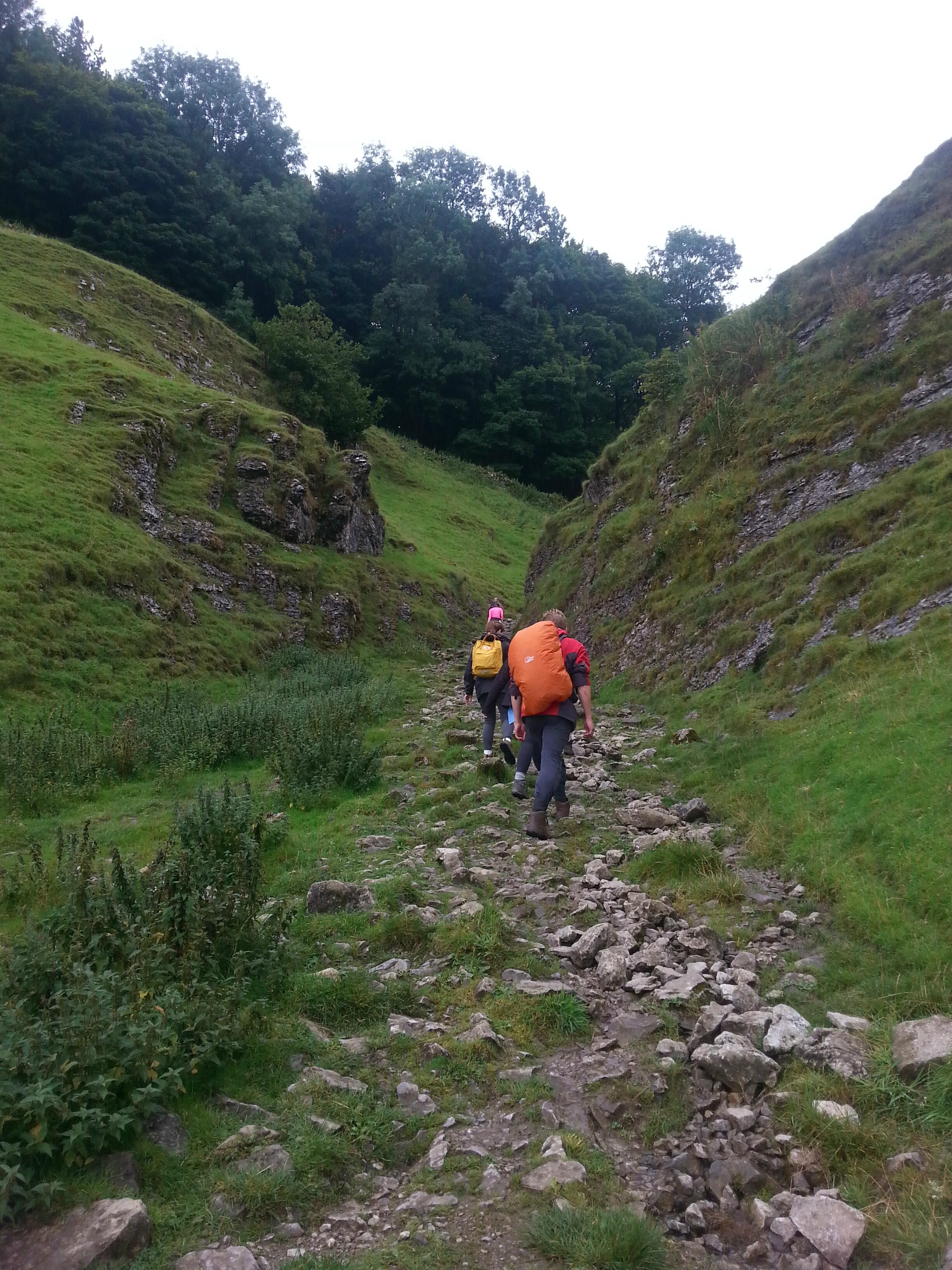
David Hettle, DTMH 2015
Making it to the Diploma of Tropical Medicine and Hygiene (DTM&H) has been a long time in the making. A marriage between the junior doctor of the last few years with the kid who read maps in the back seat of the car on family holidays, intrigued by the roads and countries, boundaries and peoples within them.
Little did I know at the time where any of this would lead, yet it meant that it was with great excitement that I, with 90 others, started the DTM&H a couple of weeks ago. Some might say having worked for one year in Bristol is enough Tropical Medicine for a Glaswegian. Not this one.
From day one we have been encouraged to make the most of being with a huge group of like-minded people. Not knowing quite what to expect we handed in short questionnaires on ourselves, in exchange for badges, clickers and access to all areas of LSTM, which were then used to prompt us as we introduced ourselves one by one to a lecture theatre of (mainly) new faces. Not as scary as it might seem, especially when you hear the plans and hopes of other doctors which sound remotely close to what you would love to do (not always the case in hospitals and training schemes), along with a few folks (17 and counting) keen to play football. And in the process finding out that four of your soon-to-be colleagues in Zambia, in four months’ time, are in the same room!
Coming off the back of two Foundation years and an unofficial third, temporarily stepping off the NHS treadmill now seemed to be a ‘no-brainer’. A chance to discover more about the parts of medicine that have interested me the most, couldn’t be missed. Malaria, why does it still kill more people than are born in Italy every year, mainly in the under 5s? (United Nations 2015, World Health Organisation 2015) How can a vaccination and population based health program (even if a huge undertaking) manage to eradicate one of the most deadly diseases known?(World Health Organisation 2010) How can I get involved in dealing with these diseases and conditions which cause huge issues on a worldwide level? When will I get a chance to investigate any of these further if not by taking opportunities like this?
Bouncing from lab to lecture theatre, we’ve been thrust into a world of mosquitoes, the intricacies of different toilets, latrines and how they can reduce disease and therefore death, and how the different parts of the United Nations work together to co-ordinate responses to disasters and development alike, to name a few. Some of this may not sound much, but when an enthusiastic Dutchman recites toilet tales involving squatters versus sitters, or professors who lived in Papua New Guinea for years recite tales of discovering that islanders are iodine deficient because traders of old changed the imported salt, and how health issues impact thousands of individuals, families and regions throughout the world, it is difficult not to be inspired to ask “How? Why? Where can I go?”
This is just the beginning.
- United Nations. UN data, Annual Number of Births. Available at: http://data.un.org/Data.aspx?d=SOWC&f=inID%3A75 (Accessed: 16th September 2015).
- World Health Organisation (2015). 10 facts on malaria. Available at: http://www.who.int/features/factfiles/malaria/en/ (Accessed: 16th September 2015).
- World Health Organisation (2010). The Smallpox Eradication Programme – SEP 1966-1980. http://www.who.int/features/2010/smallpox/en/ (Accessed: 17th September 2015).